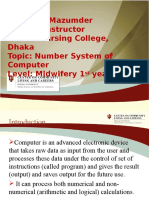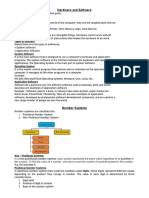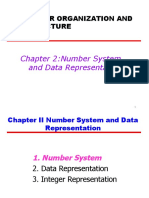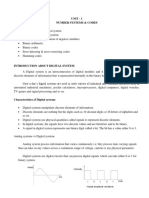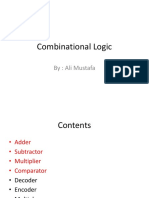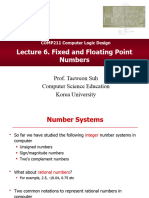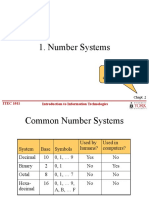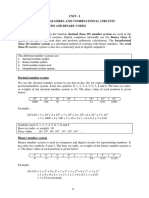0% found this document useful (0 votes)
62 views24 pagesPres1 Introduction and Numbers
The document discusses digital computers and number systems. It covers topics such as digital signals, binary number system, computer structure, number bases, arithmetic operations, decimal codes including BCD and ASCII, alphanumeric codes including Unicode, and number complements.
Uploaded by
Enes ErtenCopyright
© © All Rights Reserved
We take content rights seriously. If you suspect this is your content, claim it here.
Available Formats
Download as PDF, TXT or read online on Scribd
0% found this document useful (0 votes)
62 views24 pagesPres1 Introduction and Numbers
The document discusses digital computers and number systems. It covers topics such as digital signals, binary number system, computer structure, number bases, arithmetic operations, decimal codes including BCD and ASCII, alphanumeric codes including Unicode, and number complements.
Uploaded by
Enes ErtenCopyright
© © All Rights Reserved
We take content rights seriously. If you suspect this is your content, claim it here.
Available Formats
Download as PDF, TXT or read online on Scribd
/ 24



